United Artists Releasing and Orion Pictures have released the official trailer for Women Talking, opening in select theaters on December 2nd and expanding wider on December 25th. You can watch the trailer using the player below.
You can also dive deeper into the making of the upcoming film with the women who brought Miriam Toews’ best-selling novel (order now) to the big screen in a behind-the-scenes featurette.

Sarah Polley wrote and directed Women Talking. The cast includes Rooney Mara, Claire Foy, Jessie Buckley, Judith Ivey, Ben Whishaw, and Frances McDormand.
In the movie, set in 2010, the women of an isolated religious community grapple with reconciling their reality with their faith.

The producers include Dede Gardner, Jeremy Kleiner, and Frances McDormand. The executive producers are Brad Pitt, Lyn Lucibello Brancatella, and Emily Jade Foley.
The drama is rated PG-13 by the MPA for mature thematic content, including sexual assault, bloody images, and some strong language.
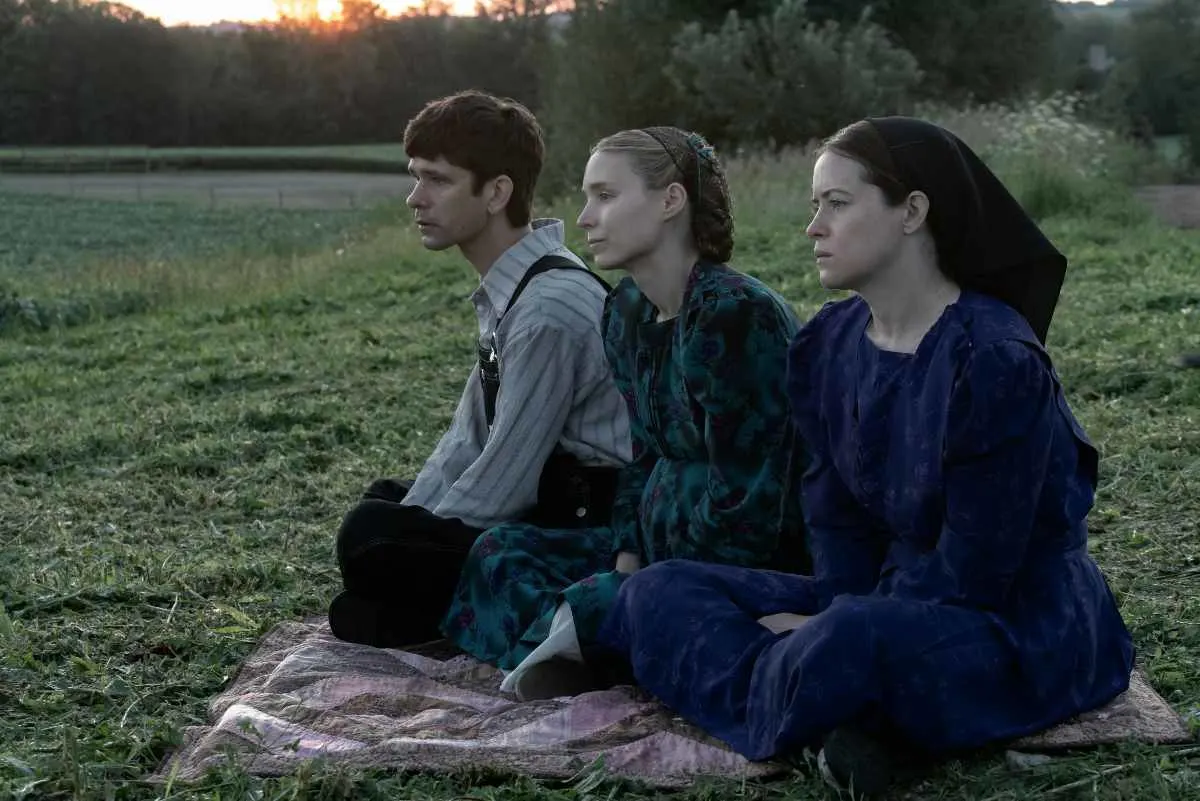
“In Women Talking, a group of women, many of whom disagree on essential things, have a conversation to figure out how they might move forward together to build a better world for themselves and their children,” said filmmaker Sarah Polley.
“Though the backstory behind the events in Women Talking is violent, the film is not. We never see the violence that the women have experienced. We see only short glimpses of the aftermath.
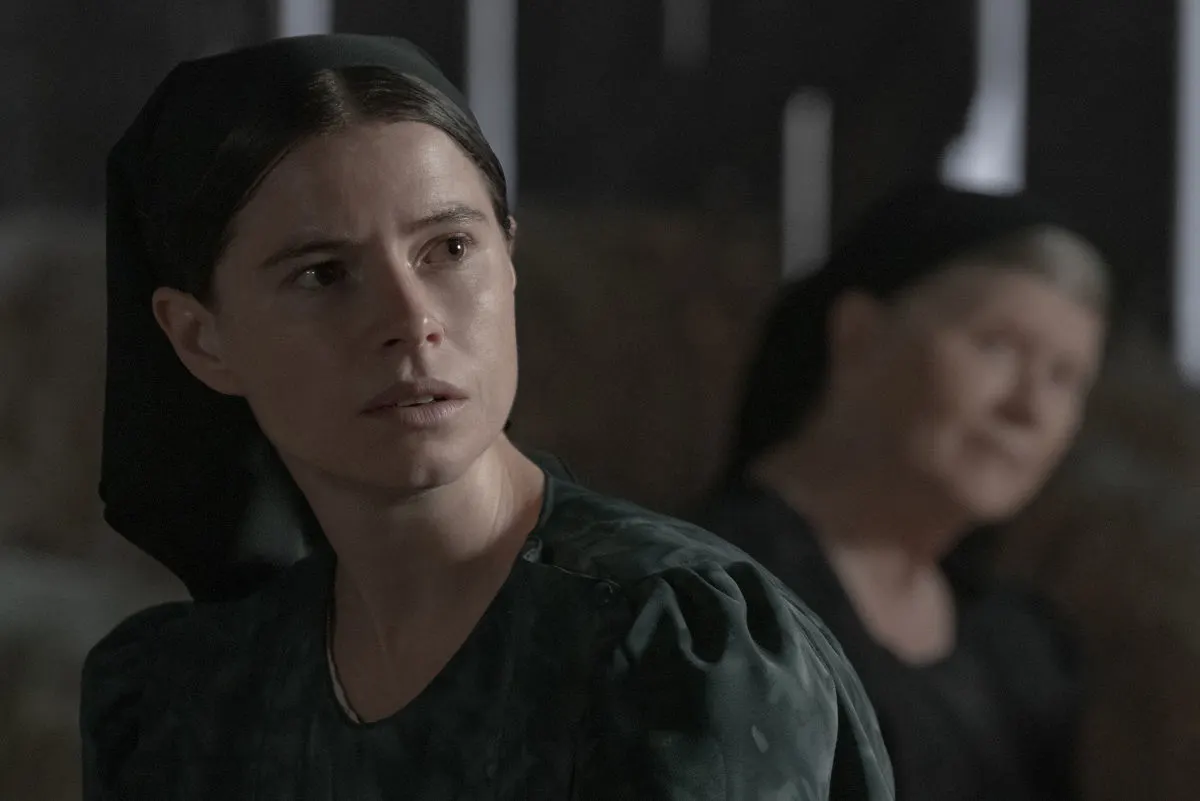
She continued: “Instead, we watch a community of women come together as they must decide, in a very short space of time, what their collective response will be.
“When I read Miriam Toews’s book, it sunk deep into me, raising questions and thoughts about the world I live in that I had never articulated. Questions about forgiveness, faith, systems of power, trauma, healing, culpability, community, and self-determination. It also left me bewilderingly hopeful.
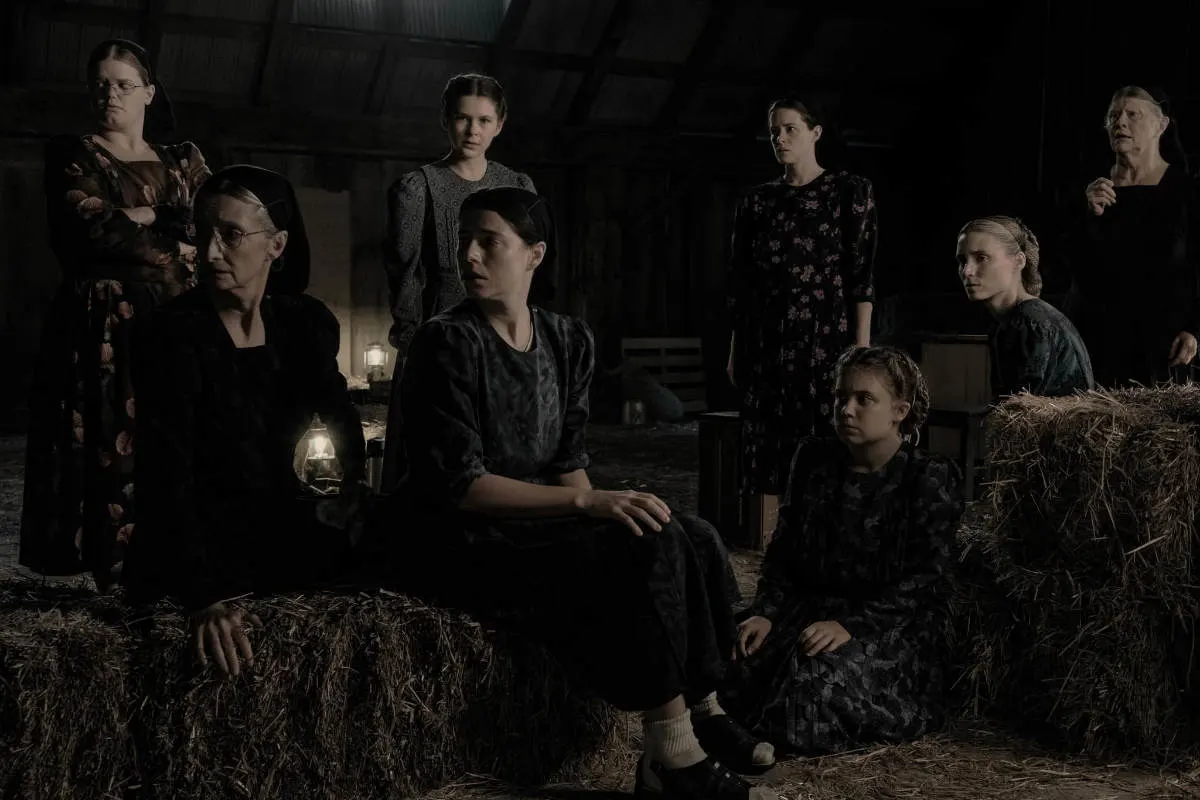
“I imagined this film as a fable. While the story is specific to a small religious community, I felt that it needed a large canvas, an epic scope, to reflect the enormity and universality of the questions raised in the film.
“To this end, it felt imperative that the visual language of the film breathe and expand. I wanted to feel in every frame the endless potential and possibility contained in a conversation about how to remake a broken world.”

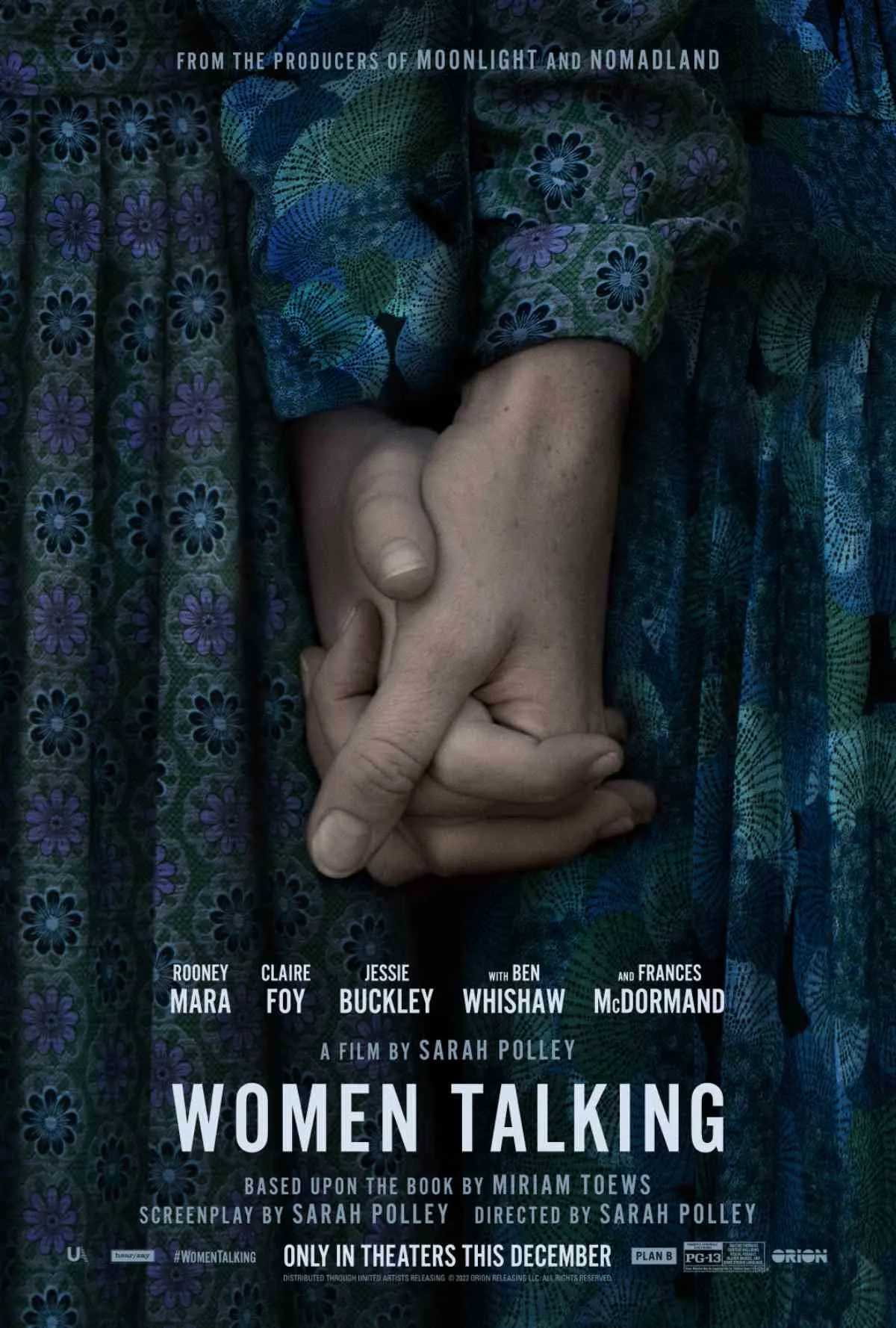
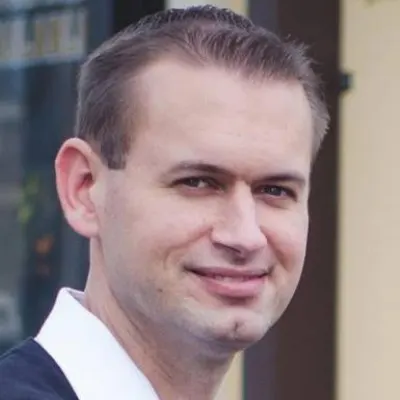
Mirko Parlevliet has been reporting on the entertainment industry since 1998 and founded Vital Thrills in 2018 to cover the latest news on streaming, movies, TV, and video games.